
David Hockney 
Jesse Treece 
Hannah Hoch 
Hannah Hoch 
Hannah Hoch 
John Stezaker 
John Stezaker 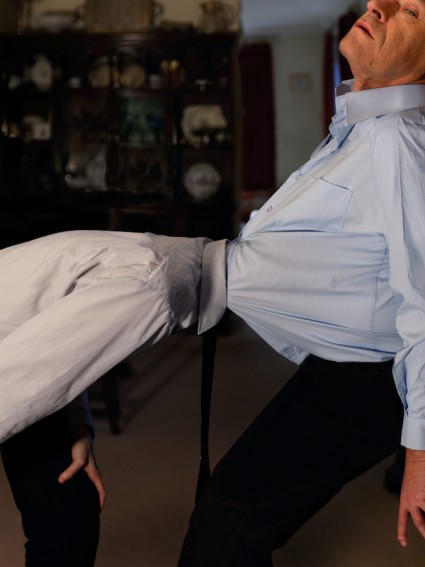
Jonny Briggs 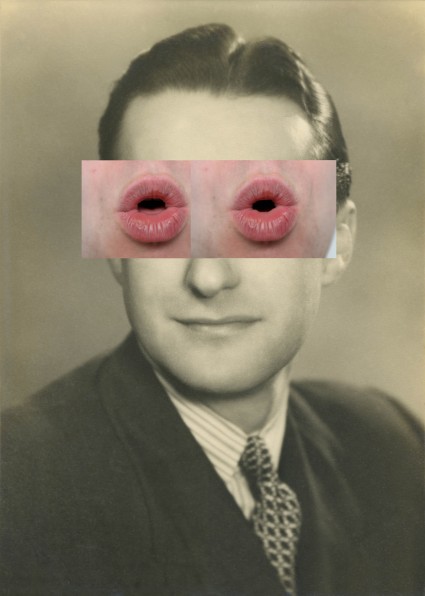
Jonny Briggs 
Jonny Briggs 
Jonny Briggs 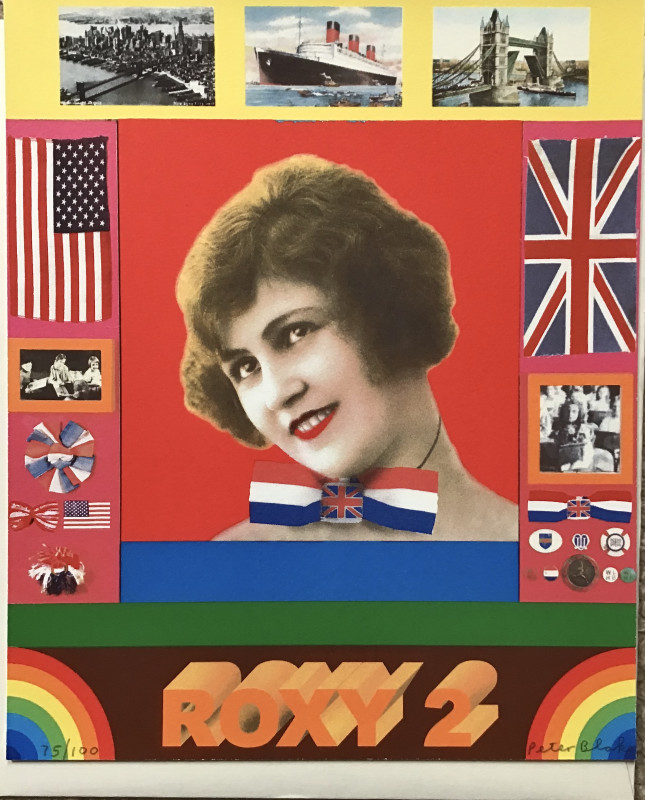
Peter Blake 
Sammy Slabinck 
Sammy Slabinck 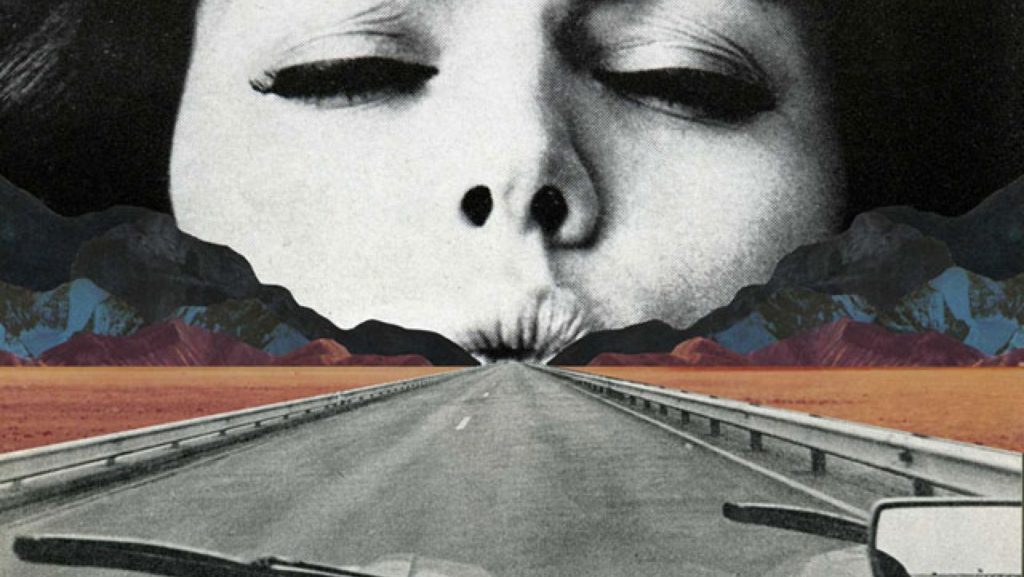
Sammy Slabinck 
Sammy Slabinck



















key themes– the genre of this image is landscapes as it’s very obvious, its a photo taken of a pathway and reservoir in England in 1977 which isn’t too long ago.
content- the subject of this image is the path and the reservoir however this image also captures a lot of the land and a big section of the sky which could be sunlight coming through or it could be dull and rainy. This image is black and white therefore it’s slightly difficult to tell. Fay has titled this image ‘path and reservoir’ as that’s what she mainly captured in this image. The path is very close in frame and you can see it in more detail whereas the reservoir is very far away but you can just about tell that it’s a reservoir as it’s very reflective and bright in contrast to the different tones in the image. The image is very real as it’s in the nature and it’s been taking from a very high point of view in order to capture all of the nature.
formal elements- Fays image is taken in black and white which right away creates a more dull and sad atmosphere/feeling. This also makes all the different tones contrast very well together as there’s sharp white tones and very dark tones. The photo was taken in natural lighting of course as the image is of nature/ a landscape. The lighting however is very bright as the sky has opened up and created a large section of white and this reflects down onto the reservoir. The photo consists of very high tonal contrasts as there a variety of different tones that go from pure white(sky) to extremely dark almost black (shown by the grass). The composition of this image is done well through having the path being photographed very close up and capturing it in detail as well as photographing the land that’s very far back and it captures the sky too. It opens up the image a lot and it makes the viewer have a lot to look at and process. The photo being so opened results in every viewers attention to go in different directions, some peoples eyes may be drawn straight to the sky however some people may notice the path first.
process- this photograph has been taken outside, in the nature, from a very high angle. it looks like the image was taken any time from the morning to the afternoon as it’s still light outside and the sky is bright. however it could have been taken as the sun was setting but it’s unclear to tell due to the image being taken in black and white.
mood- I don’t think the photographer is trying to tell a story or narrative through this image however turning this image black and white might indicate that the photographer wants to create a sad mood. By photographing landscapes it might mean that she wants people to appreciate the views and doesn’t want them to be destroyed.
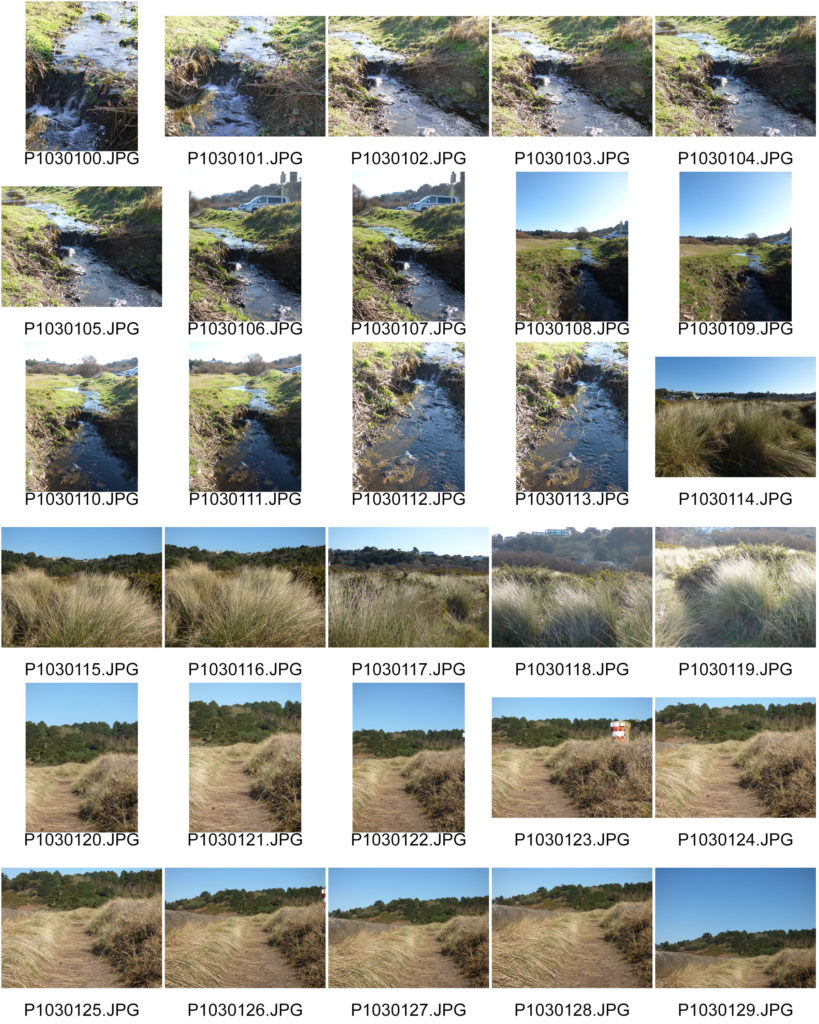
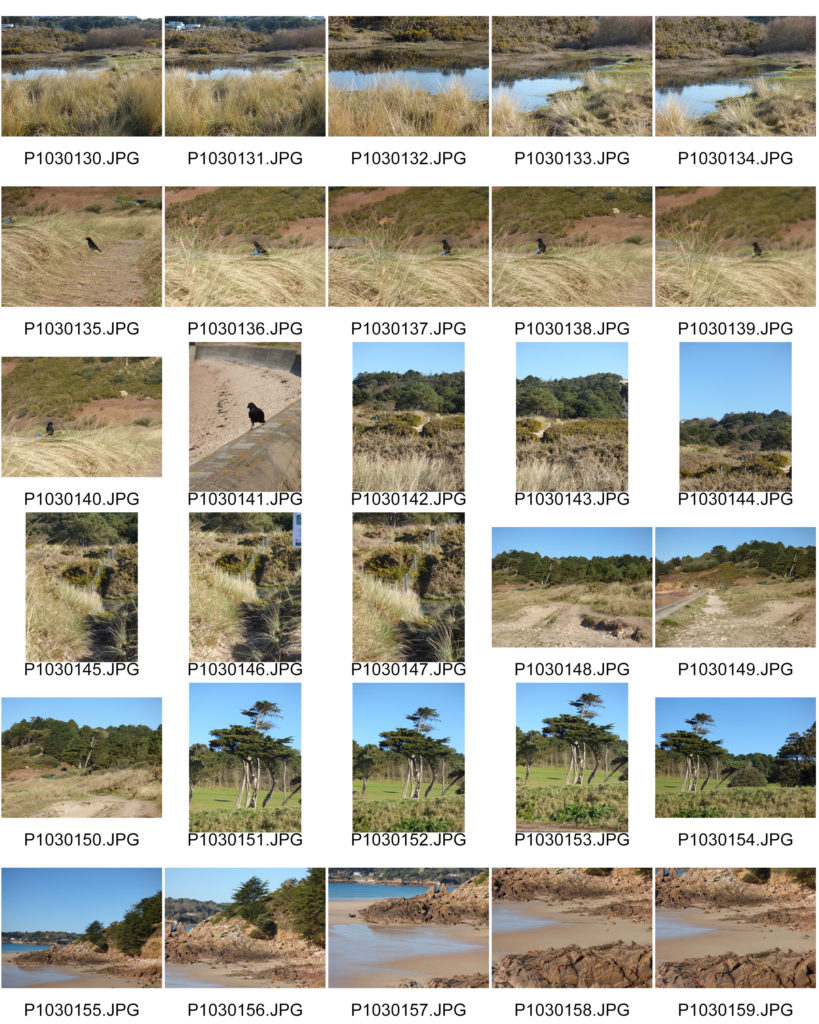
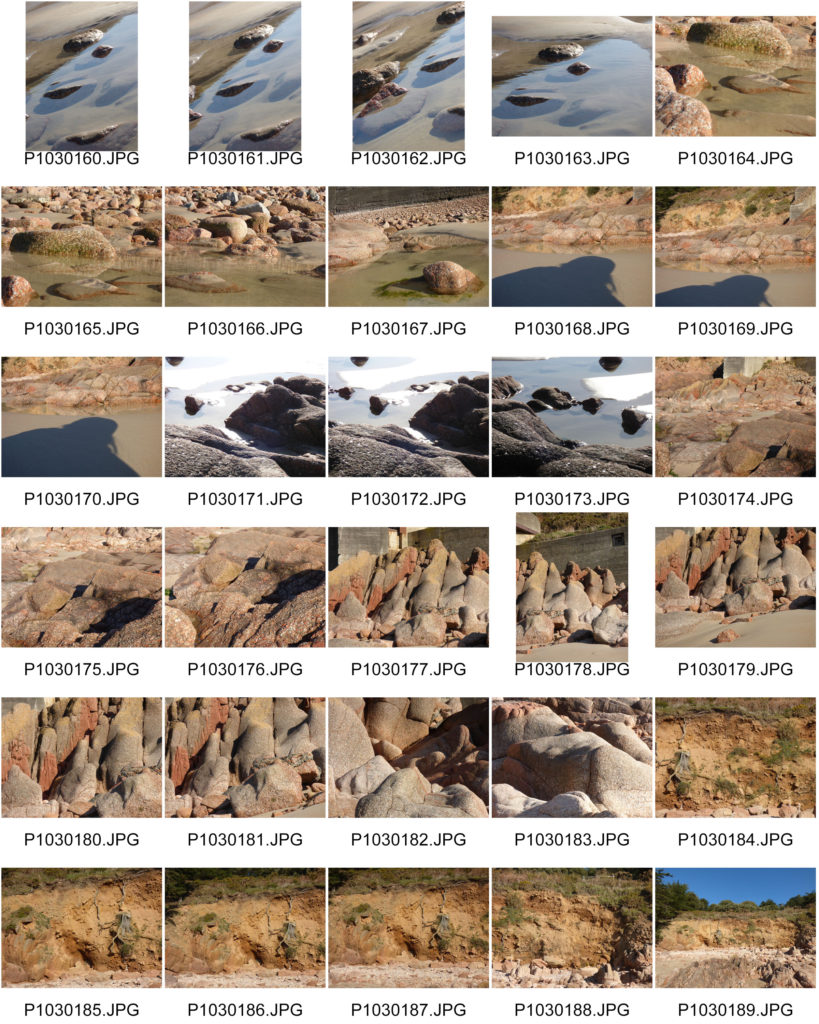
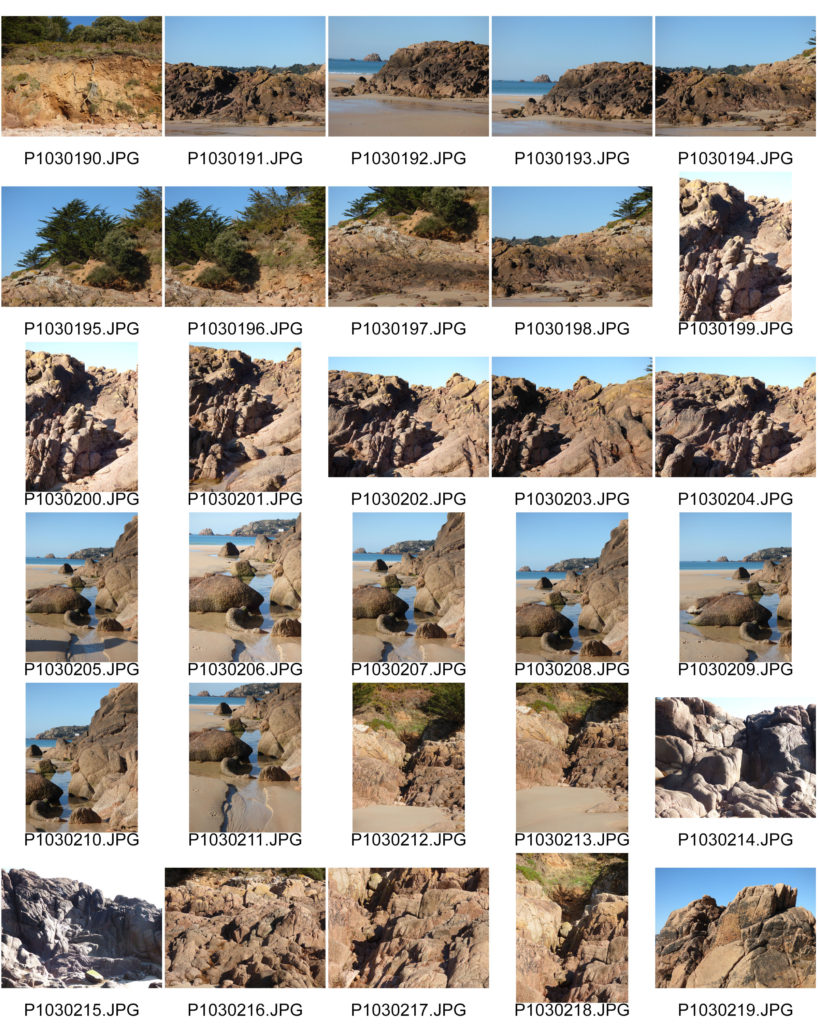

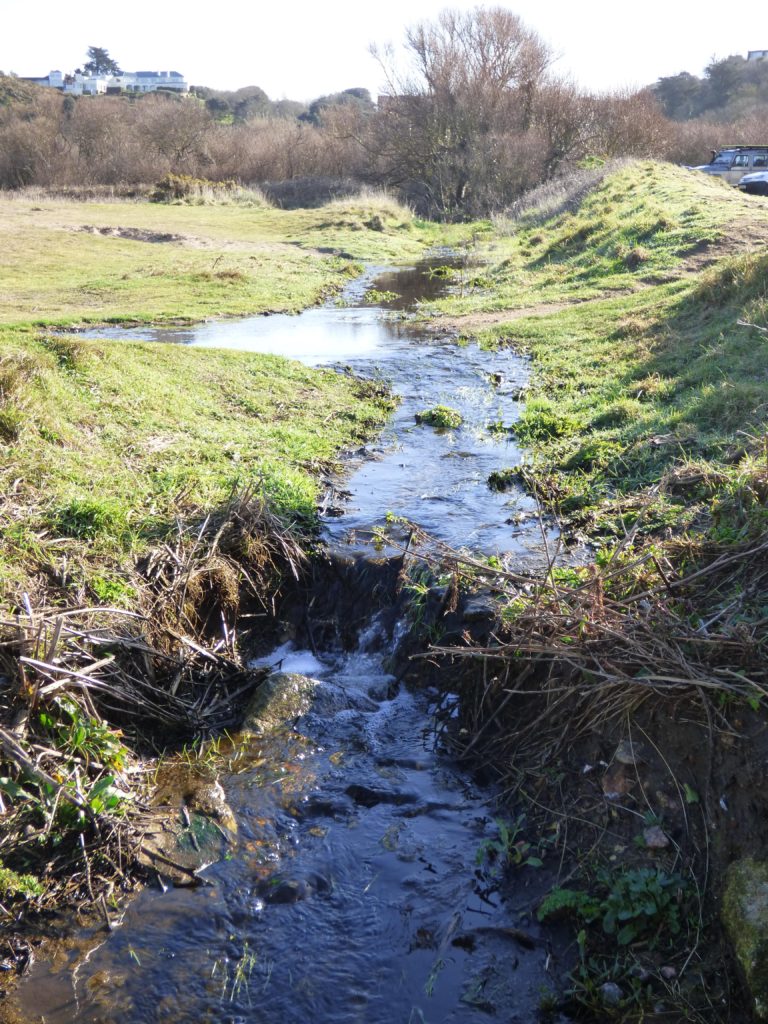
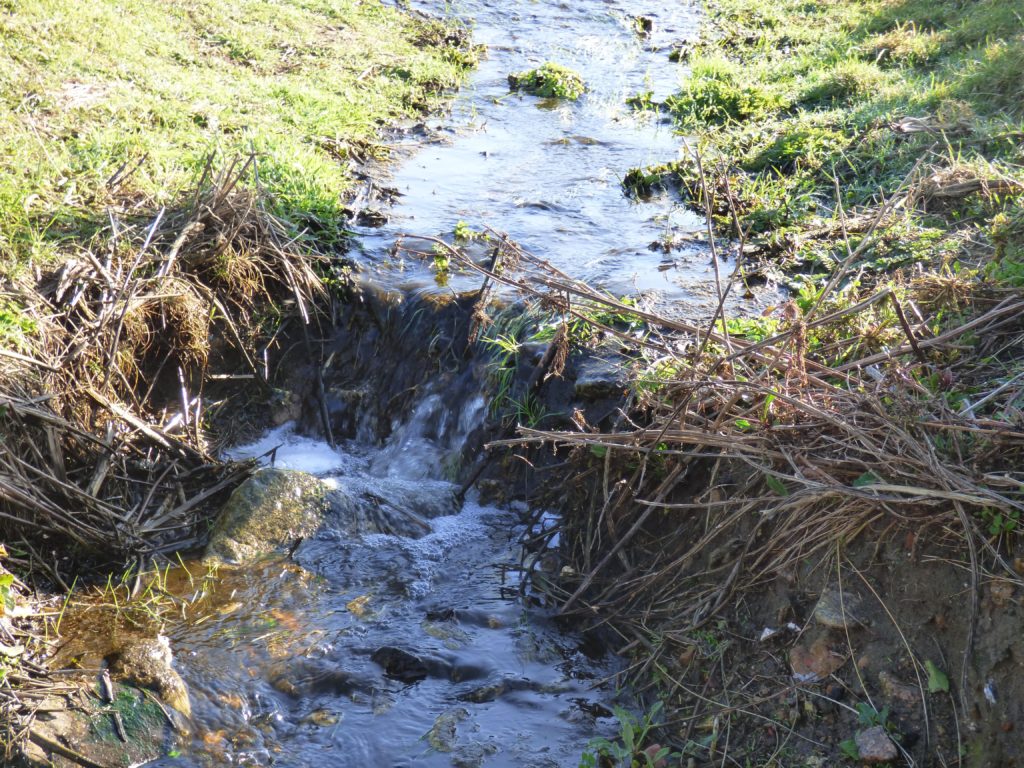
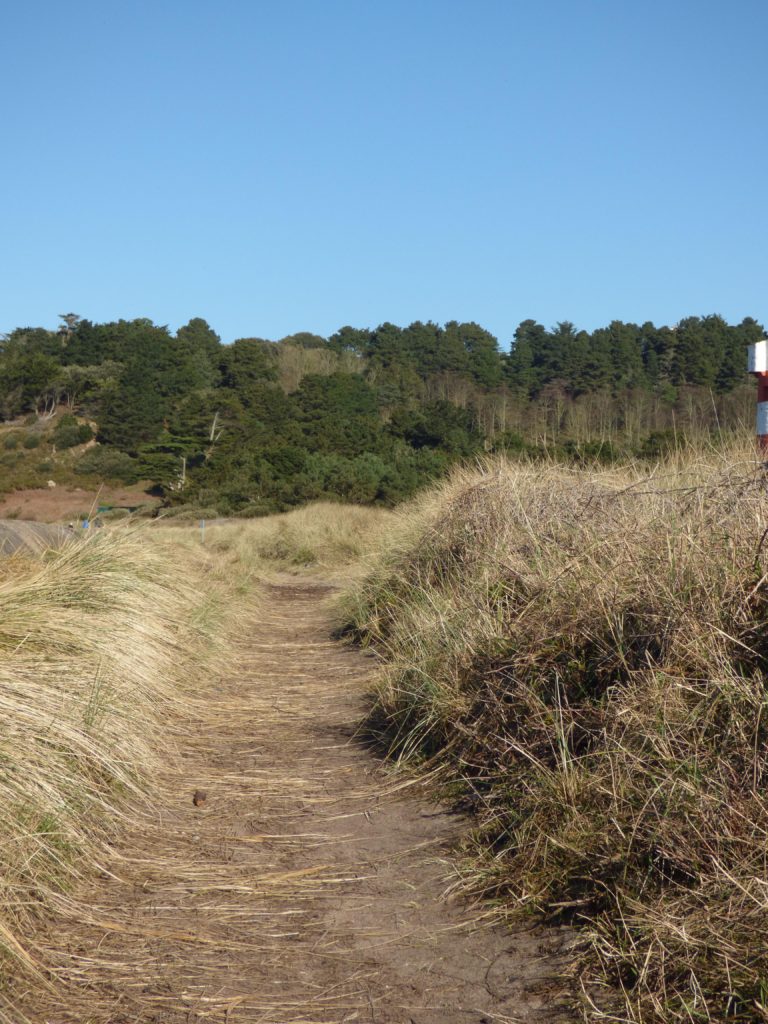
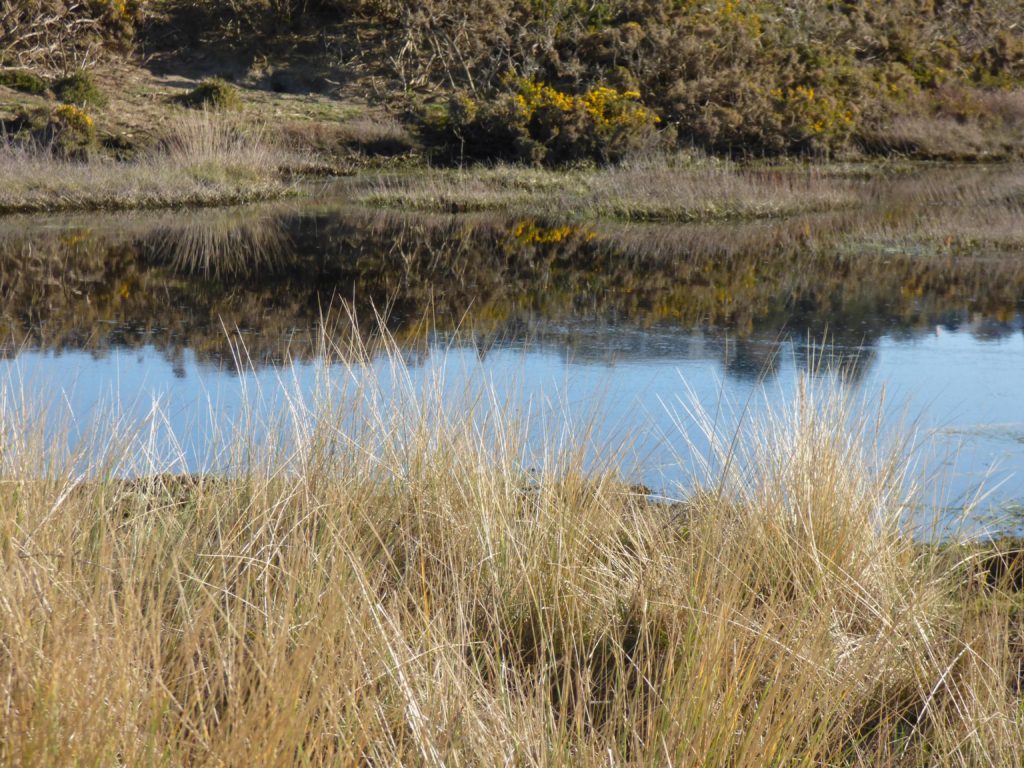
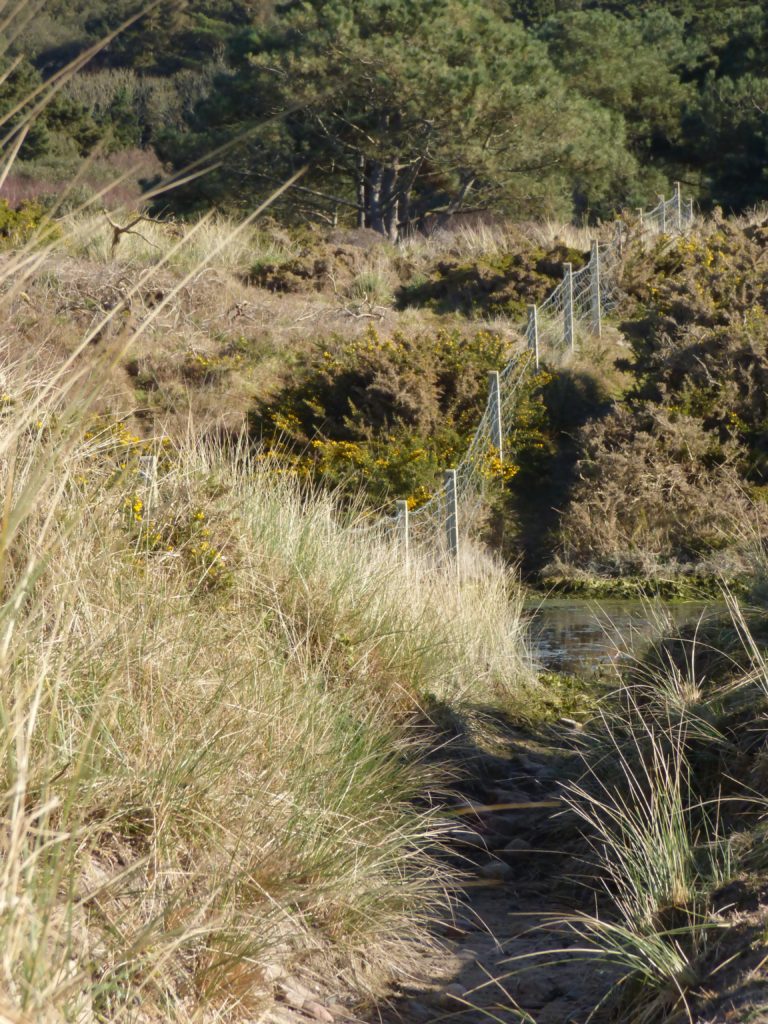
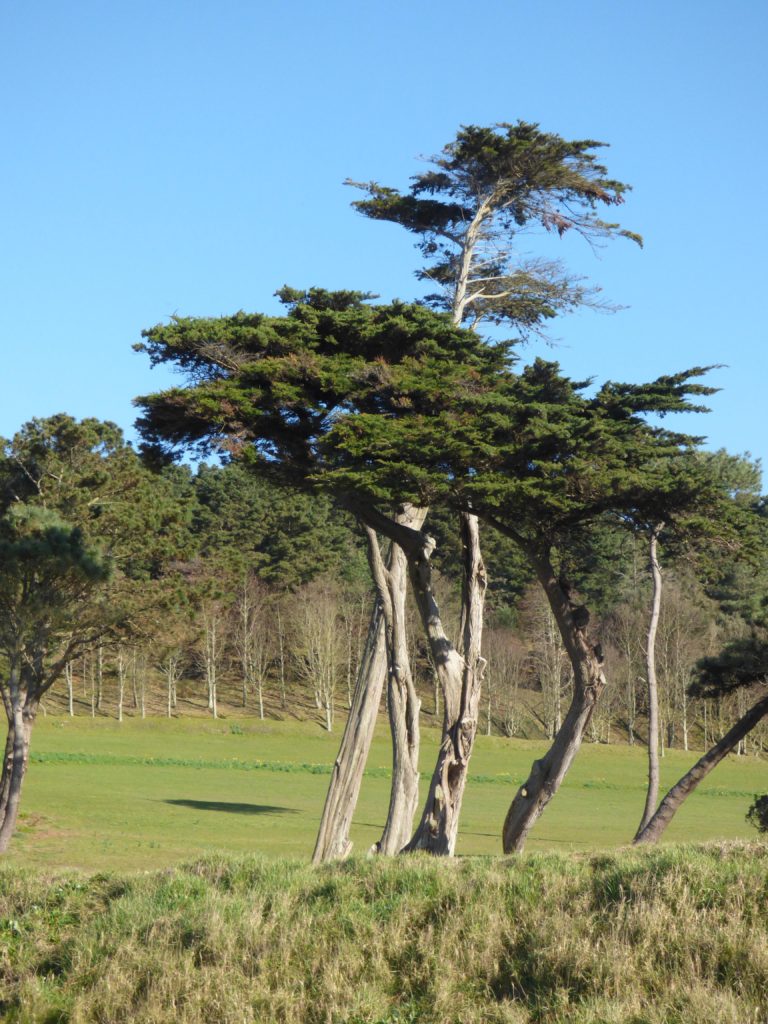
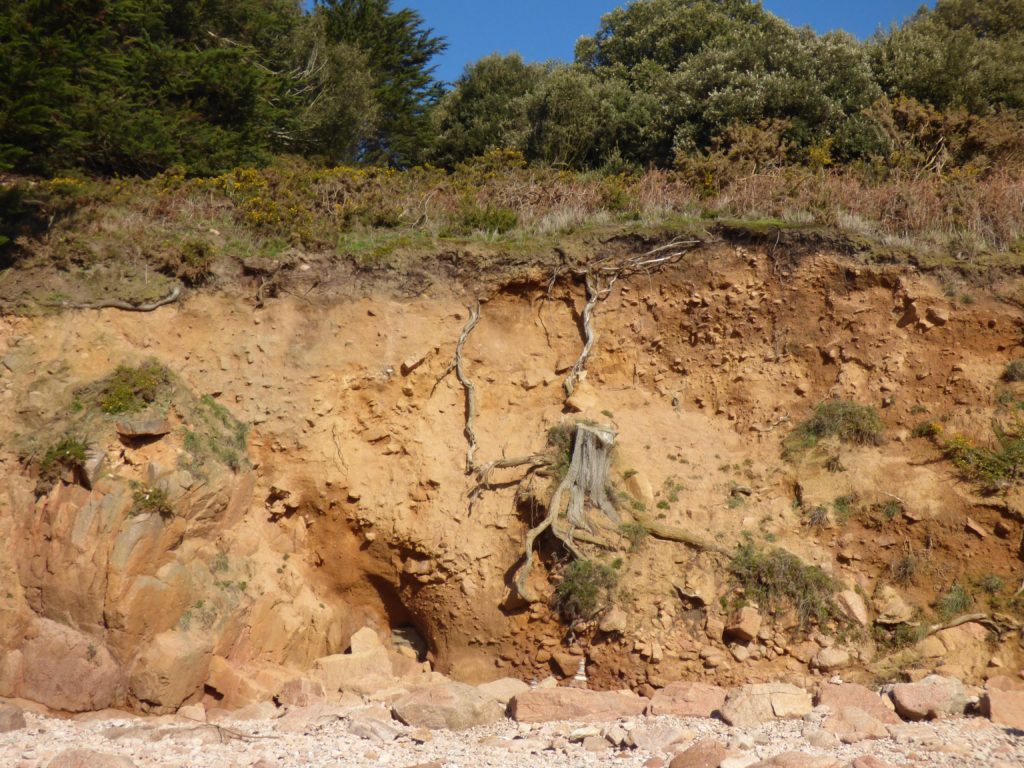
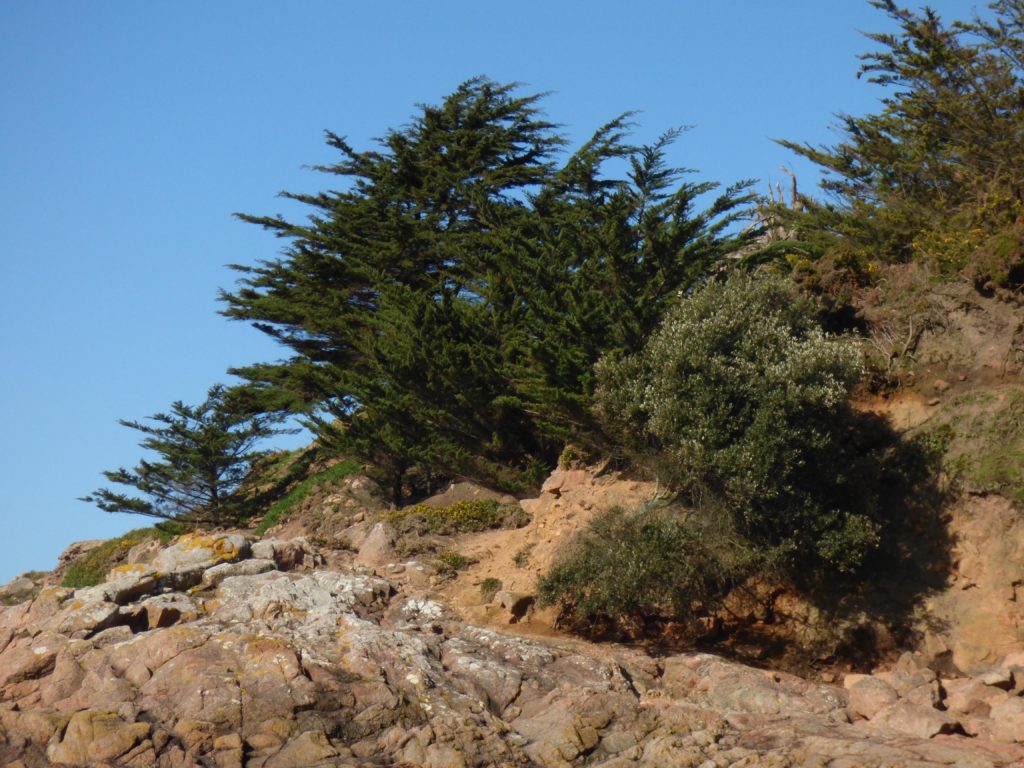
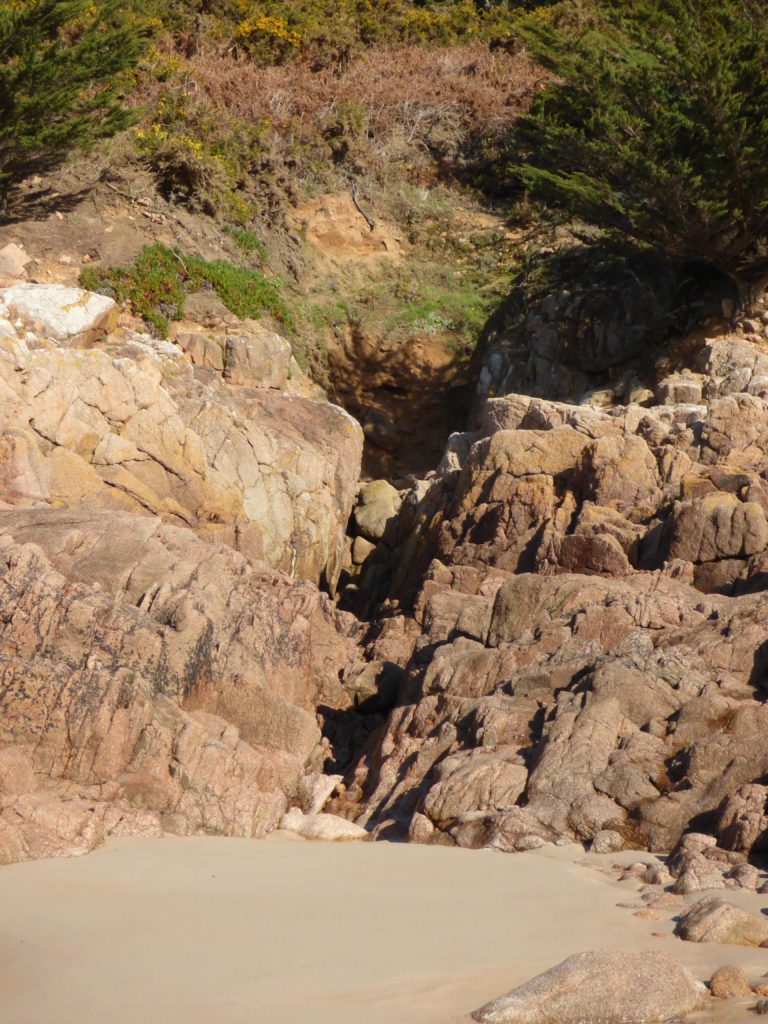
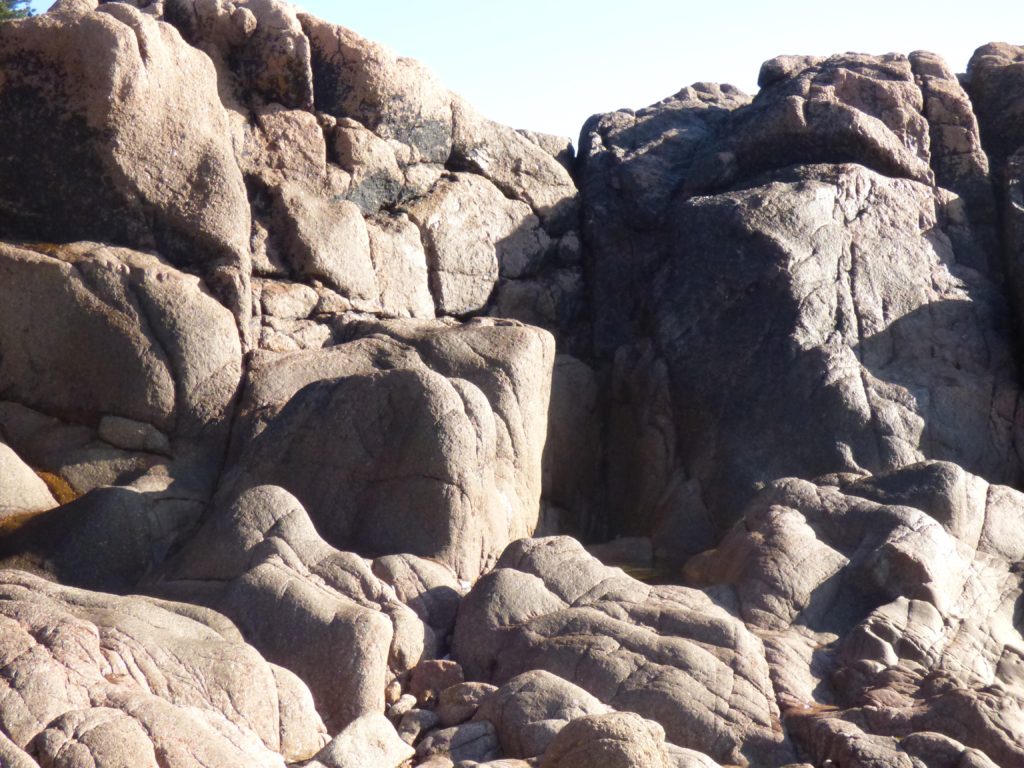
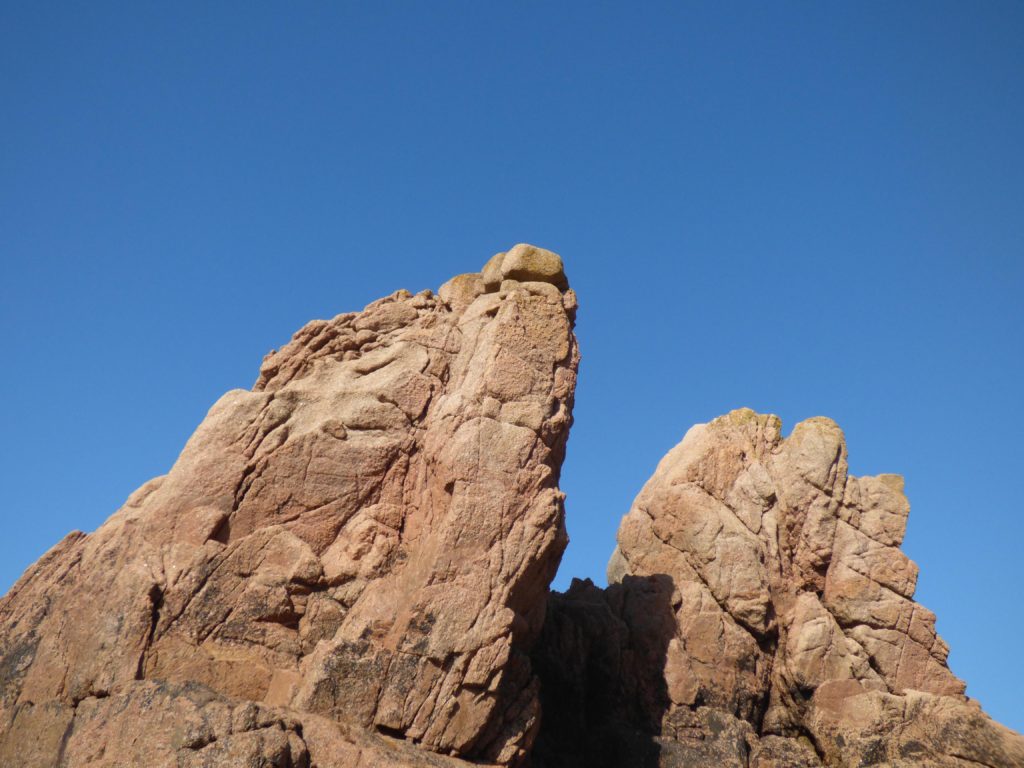
Above, I have chosen 11 of what I believe were my most successful photographs from the shoot. There are a variety of close ups, from far and both. Within these photographs there are also a variety of textures and natural colours. These were all taken around the same time on a very sunny morning, allowing a lot of contrast and shadows to come through. Although there are some strong, bright colours, I think that most of these photographs will look better in black and white, making the different tones pop out, and at the same time creating another link to the photographer I researched and analysed.
| Shoot 1 | Shoot 2 | Shoot 3 | |
| Where | Ouaisne | Portlet | Woods, dunes, les quennavais. |
| When | Saturday, clear sky. Morning, sunny and bright. | Also saturday, clear sky. Midday-afternoon, sunny. | A day where the sun is not out, perhaps the sky is dark or cloudly, maybe some light shining through. |
| What | Pictures of large rocky areas, especially in between Brelades Bay and Ouaisne- as well as pathways and and trees in the sun. | I can photograph the coast from a distance, or rocks in the sea. | Can photograph woodland, if its windy I can capture waves in the sea for dramatic effect- maybe them clashing the rocks at the wall or coming over it. Also the dunes. |
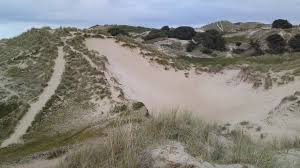
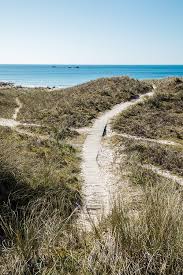
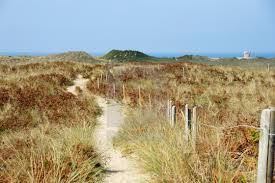
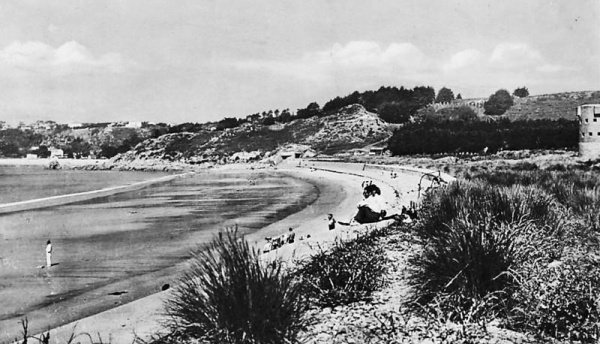
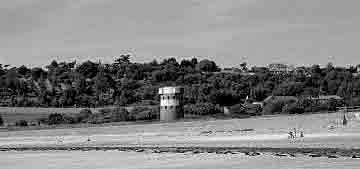
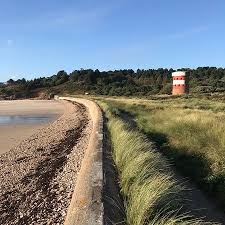
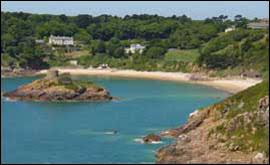
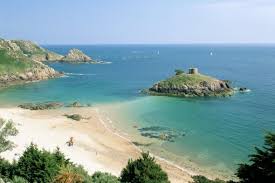
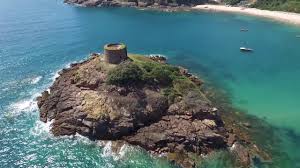
‘Romanticism was a particular movement in art that occurred during the first half of the 19th century. As a movement, romanticism had a particular emphasis on emotion and individualism, along with a glorification of the past. Painters, poets and writers drew particular inspiration from nature, which played a prominent role in their depictions. In particular, ‘nature’ was depicted as unsullied by the hand of man, or if humankind was evident, it was shown in a kind of symbiosis rather than exploitation. The imagery conveyed a sense of a golden age, but also one where the individual was central rather than peripheral to a group or to more prominent icons.’ To sum this up, whether its paintings or photography, Romanticism placed particular emphasis on emotion, horror, awe, terror and apprehension. Emotion and feeling were central not only to the creation of the work, but also in how it should be read.’


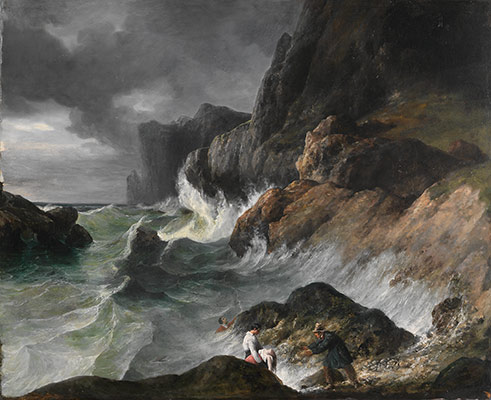
In art, romanticism looks like this^. The painting on an exaggeration of reality, but also beauty. The strokes that the artists use with a paintbrush are very smooth, creating a realistic view. You will also often see both dark and light in the painting with natural colours and sometimes gentle beams of light coming though the clouds. The majority of romanticism landscapes are dramatized.
Rural landscape is photography that’s taken in the countryside in order of capturing the life of the countryside for people to look at the image and really realise that the we have beautiful places around us possibly all the time. For me I find that rural landscape photography is used in order for people to really analyse the images of rural landscapes, so that they can really see the beauty in some places because usually people go to amazing places and ignore the whole situation however, these landscape images are almost a reminder for people to look at. Moreover, when these types of images are looked at, people might even see things that they wouldn’t have even noticed whilst being at these places in person. Rural landscapes can also come with an emotional value behind them because the image could be so appealing to people that they have a reaction to the image possibly imagining that they are at the place in which the photo was taken of, imaging how it would feel like being there in that picture.




Romanticism places particular emphasis on emotion, horror, awe, terror and apprehension. Romantic style images are luminous images, the source of light and subjects bathed in that light are full of delicate rich details and textures. These images are filled with texture, bright colours or can also be in black and white. Romanticism has a particular emphasis on emotion and individualism, along with a glorification of the past. Painters, poets and writers drew particular inspiration from nature, which played a prominent role in their depictions. Today’s most prominent landscape images definite a sense of mood and emotion infused through the images. Shadows are a prominent feature of the scene of a landscape photograph, and are rich in details and textures, and very often the story of the image lies in the shadows. It’s he depth and presence of shadow that make the light seem to come alive. The darkness in the shadows is never excessive; never too black that a sense of presence is lost. Landscape photography connects with the viewer in a way that means something, an image can create emotions, however, not all viewers will feel the same when looking at a particular photograph.

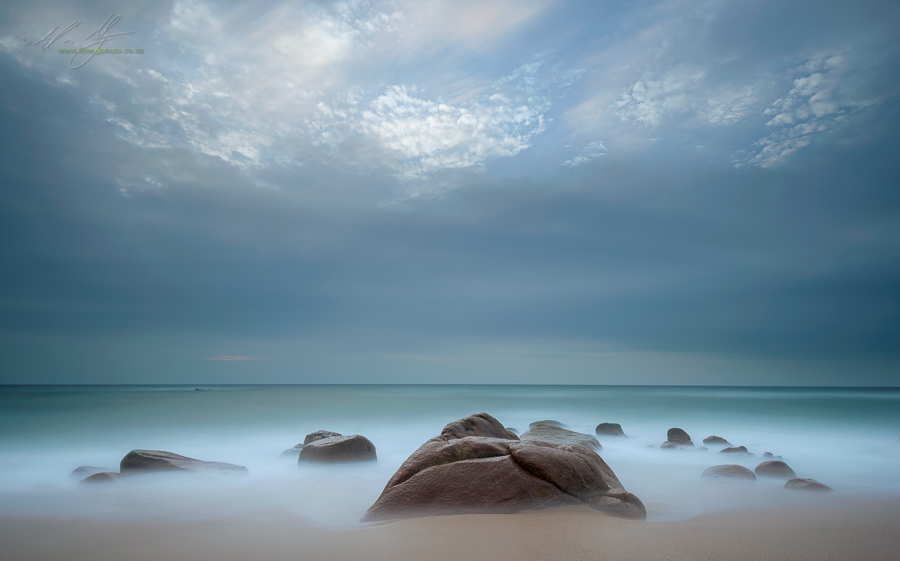
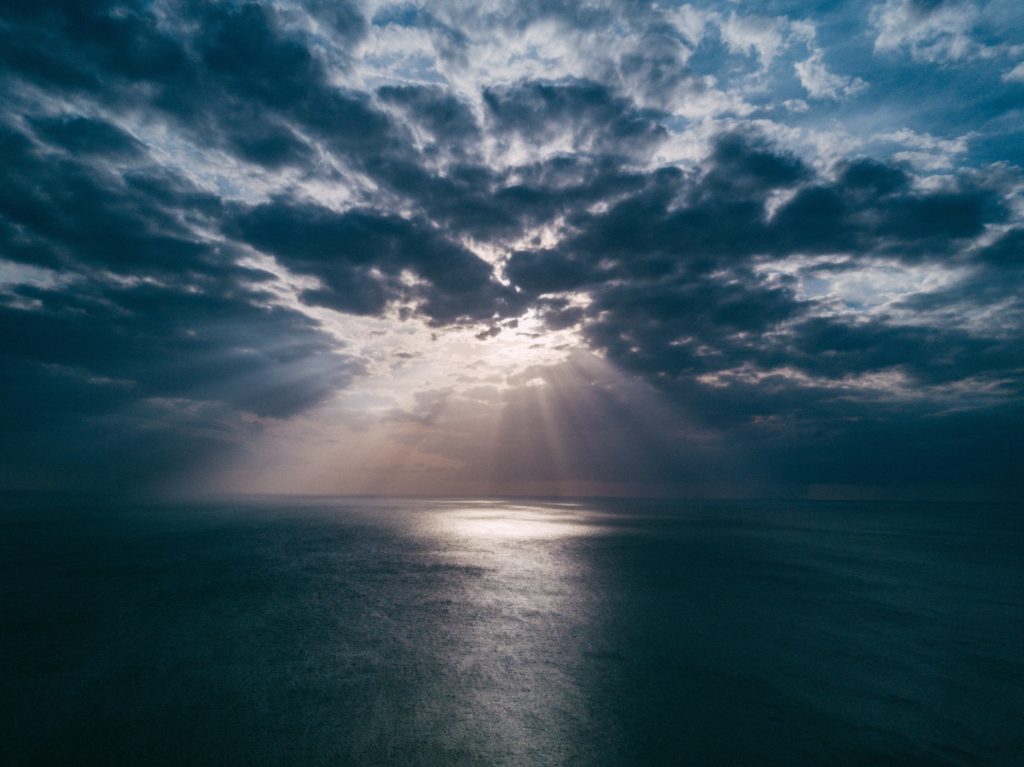







This image is filled with colour, with both warm and cool tones. These bright and luminous colours strongly contrast against the black, creating a silhouette which bring out the bold colours even more. I took this image late in the evening at sunset in natural lighting to capture the shades as the sun went down. As the sun went down, the less light there was, which created the silhouette, to make it stronger I upped the contrast and made the brightness dimmer which made the colours the main attraction of the photograph.
Romantic landscape photographs have a particular emphasis on emotion, this picture creates a warm and calming sensation with a mixture of reds and the blue tones to create the feeling of tranquility.
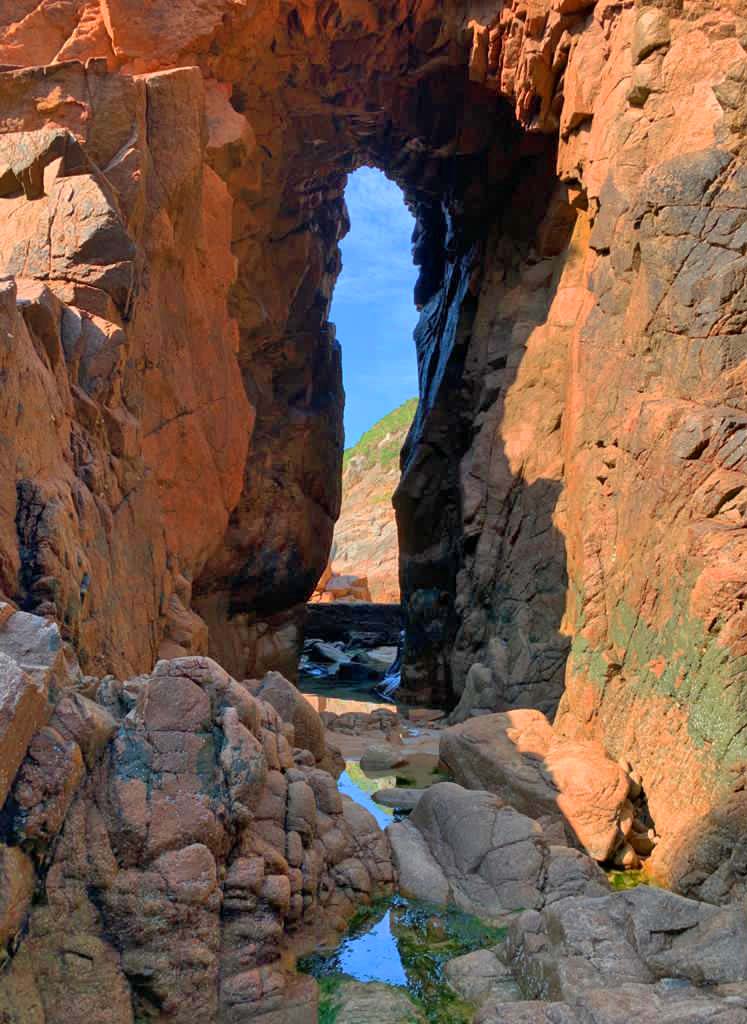
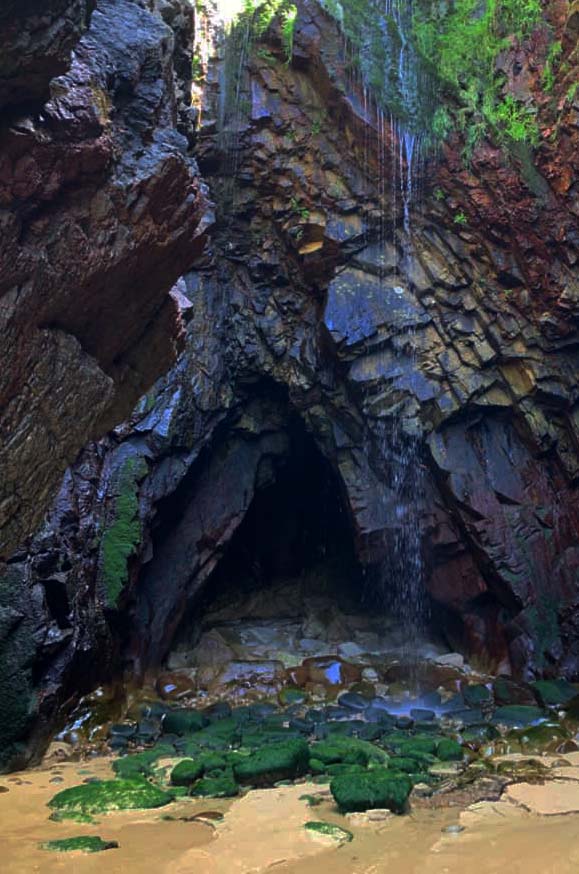
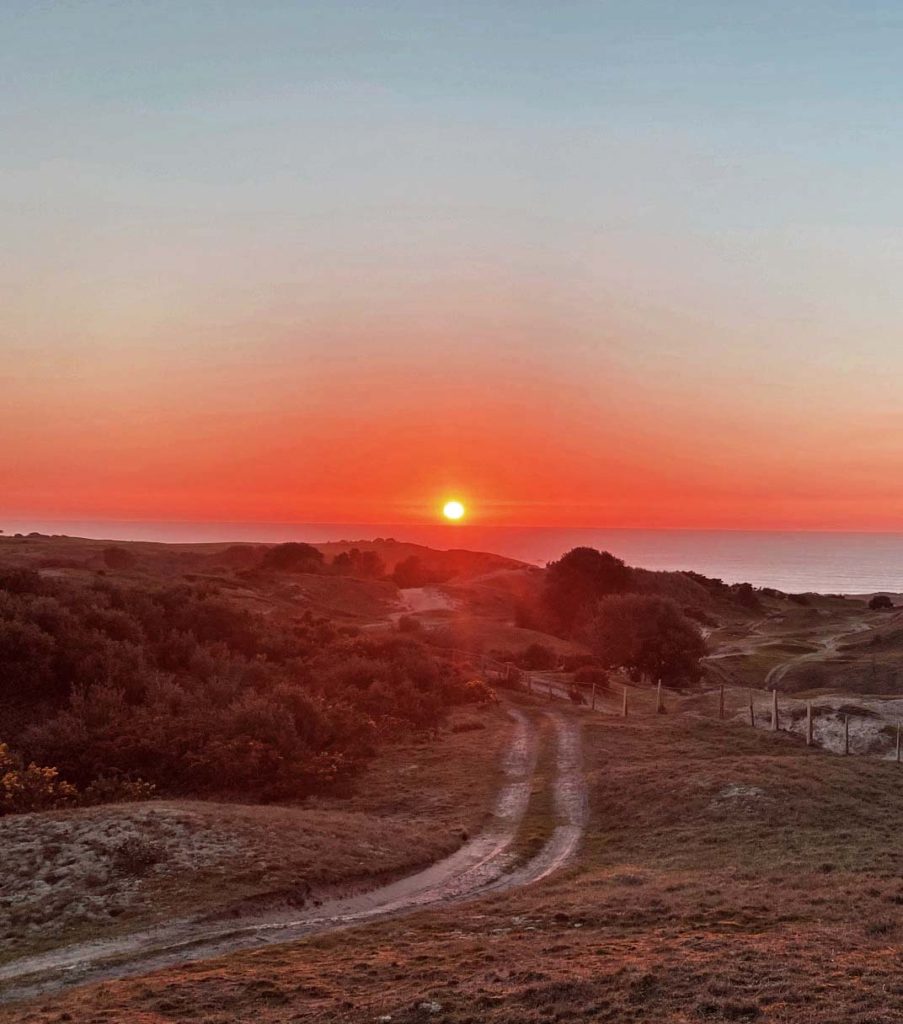
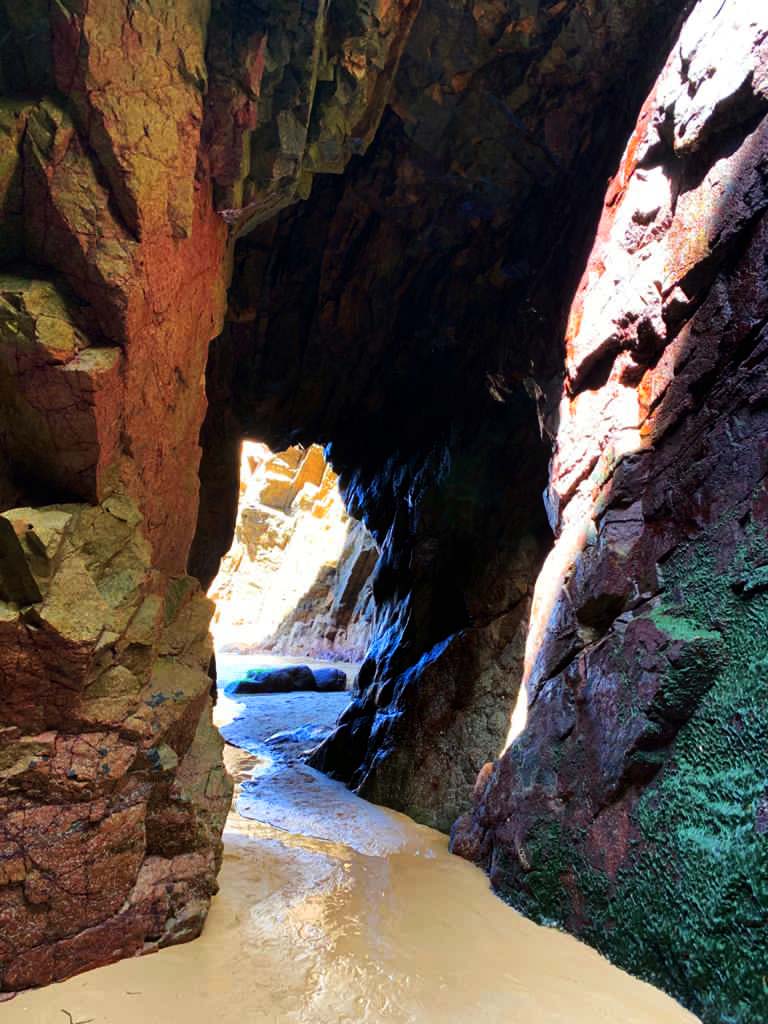
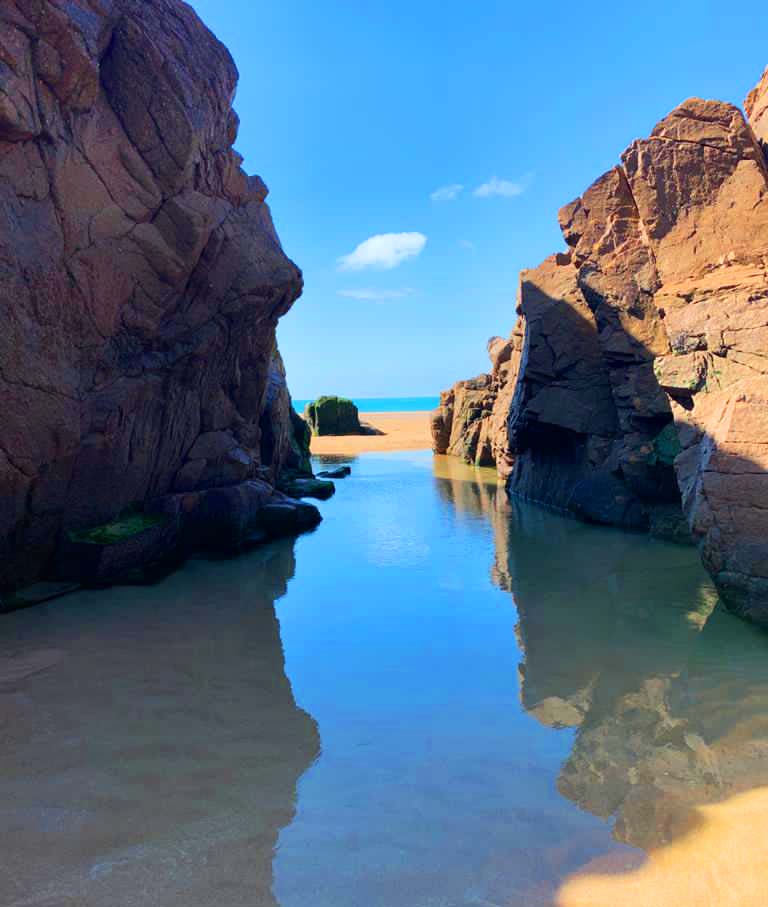
What I like most about this image is the reflection of the sky onto the clear water that creates a blue pathway for the viewers eyes, leading them towards the horizon. The rocks either side of the water have shadow and texture that contrasts against the softness of the water. This image was taken midday in the warm, natural light from a low angle to capture the reflection in the water. This image is also very tranquil and still which calms the viewer. Even though this photograph is filled with cool tones, the bright sunlight creates a sense of warmth and comfort.
The crucial concept to understand when using 2 point lighting is that the light sources point directly towards each other and the subject is placed between the two. Two point lighting is the most versatile lighting design for shooting fashion or beauty on the street.
Lighting is a key factor in creating a successful image. It determines not only brightness and darkness, but also tone, mood and the atmosphere. Therefore it is necessary to control and manipulate light correctly in order to get the best texture, vibrancy of colour and luminosity on your subjects
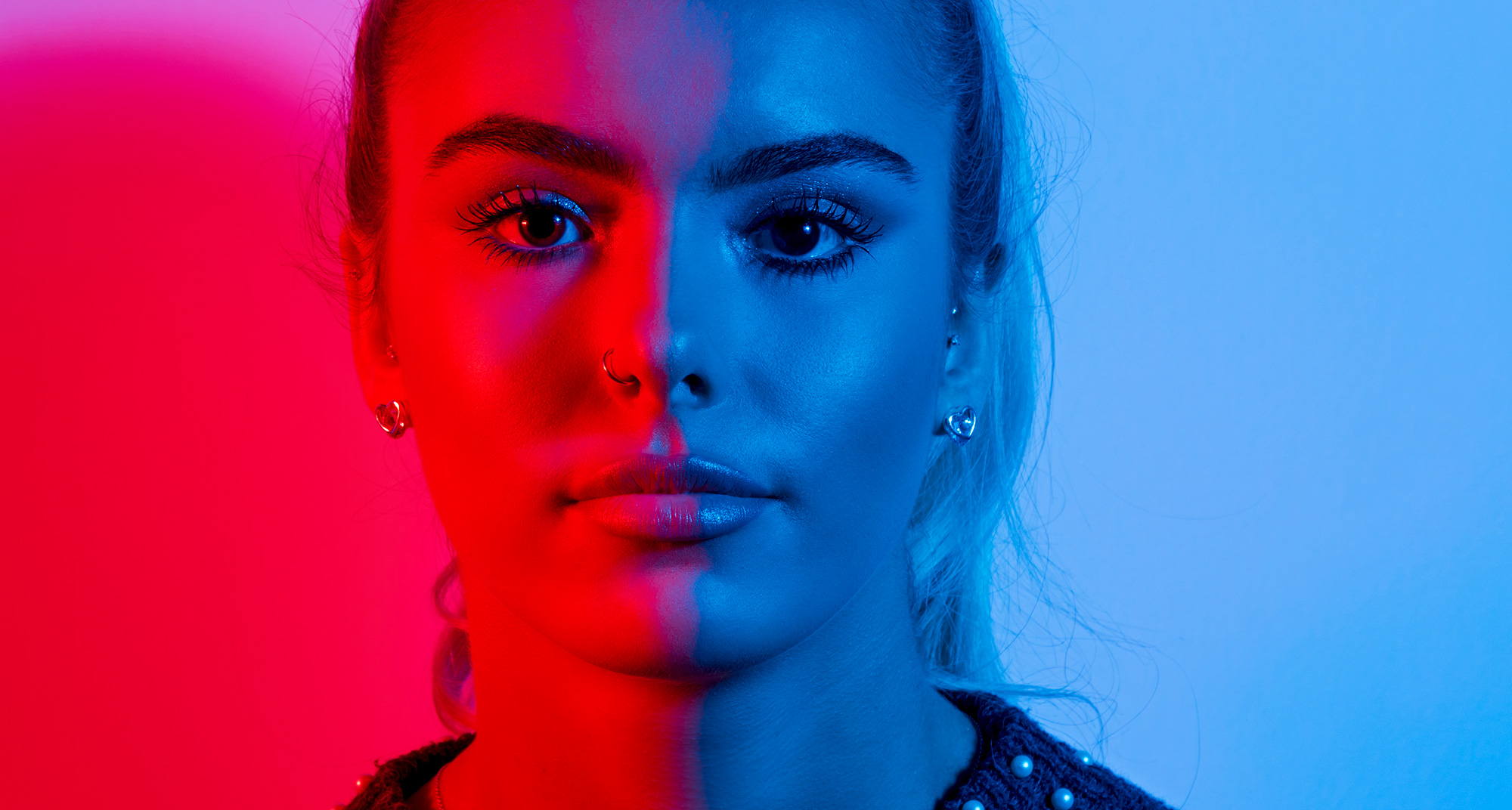


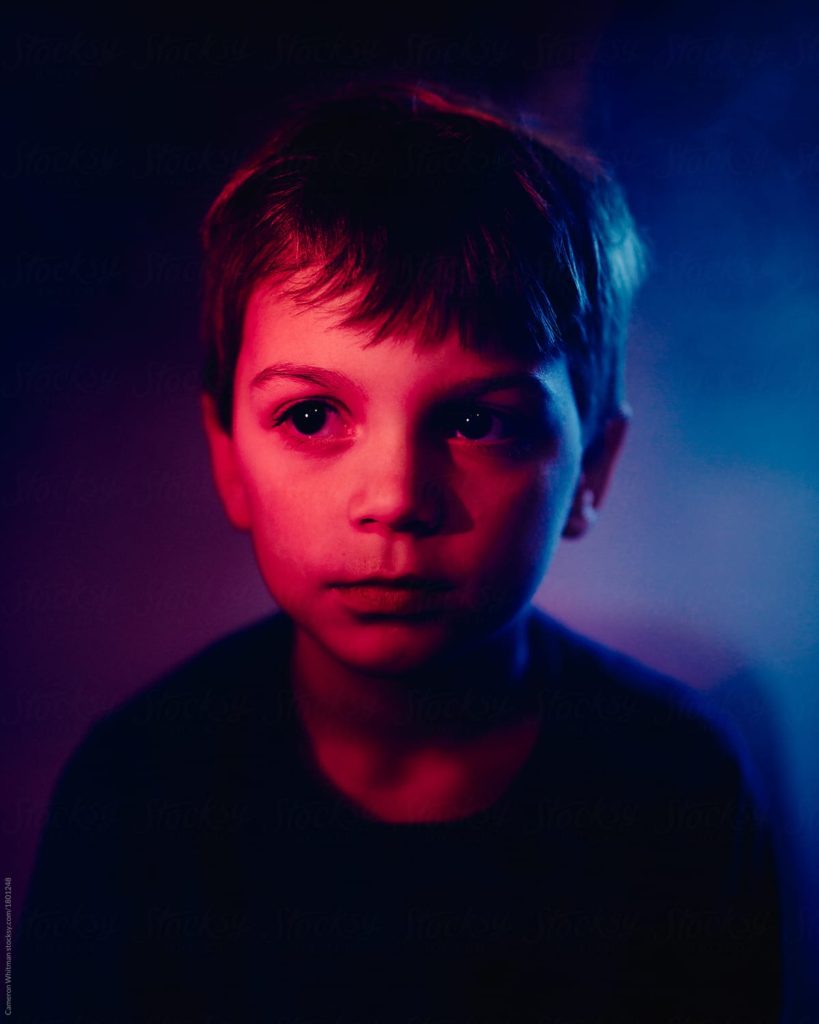
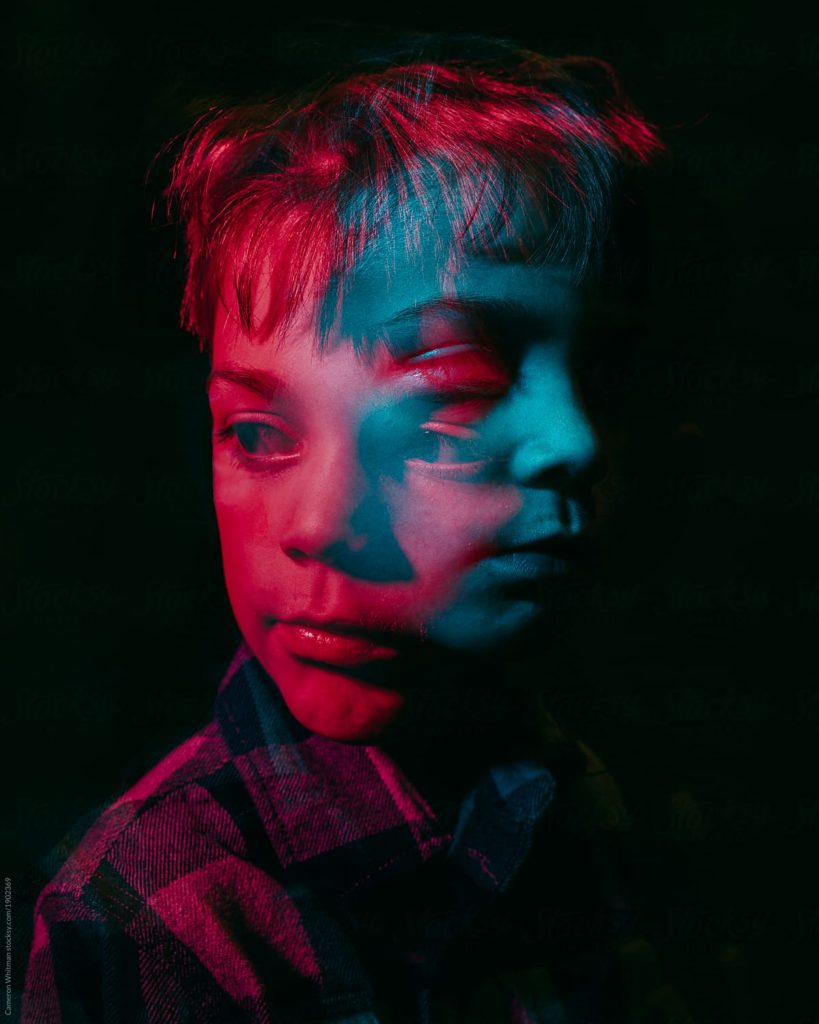




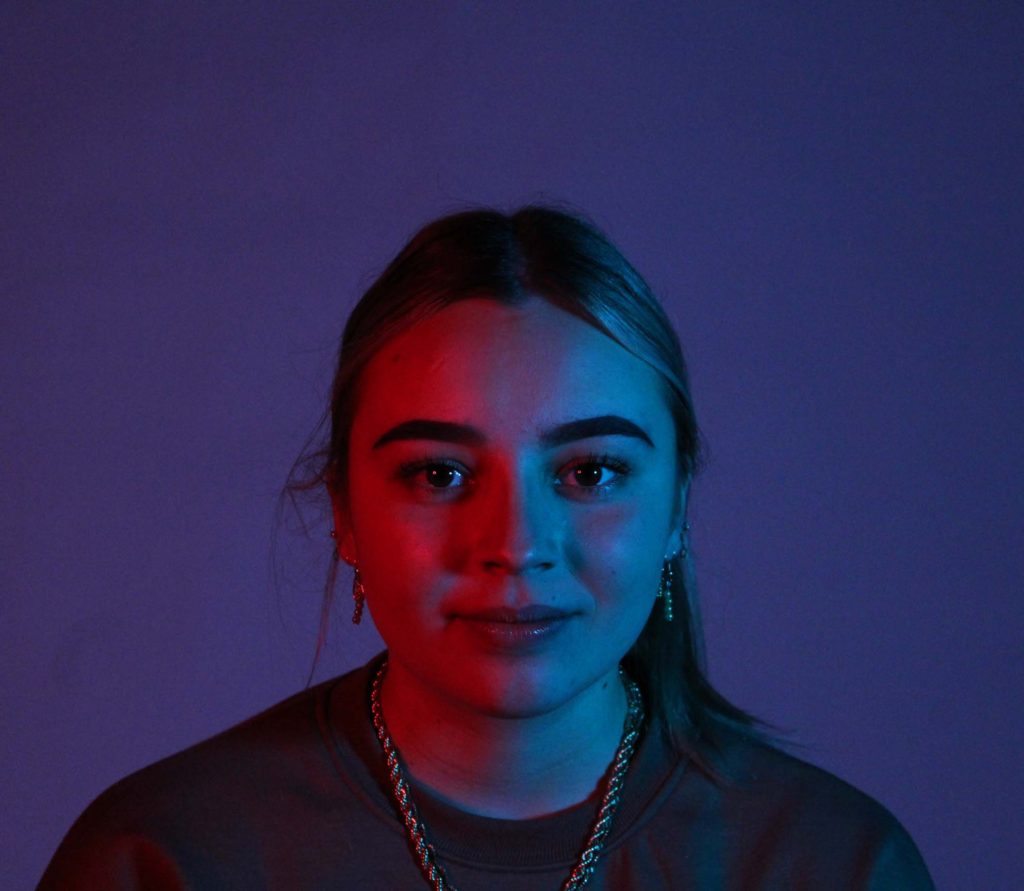
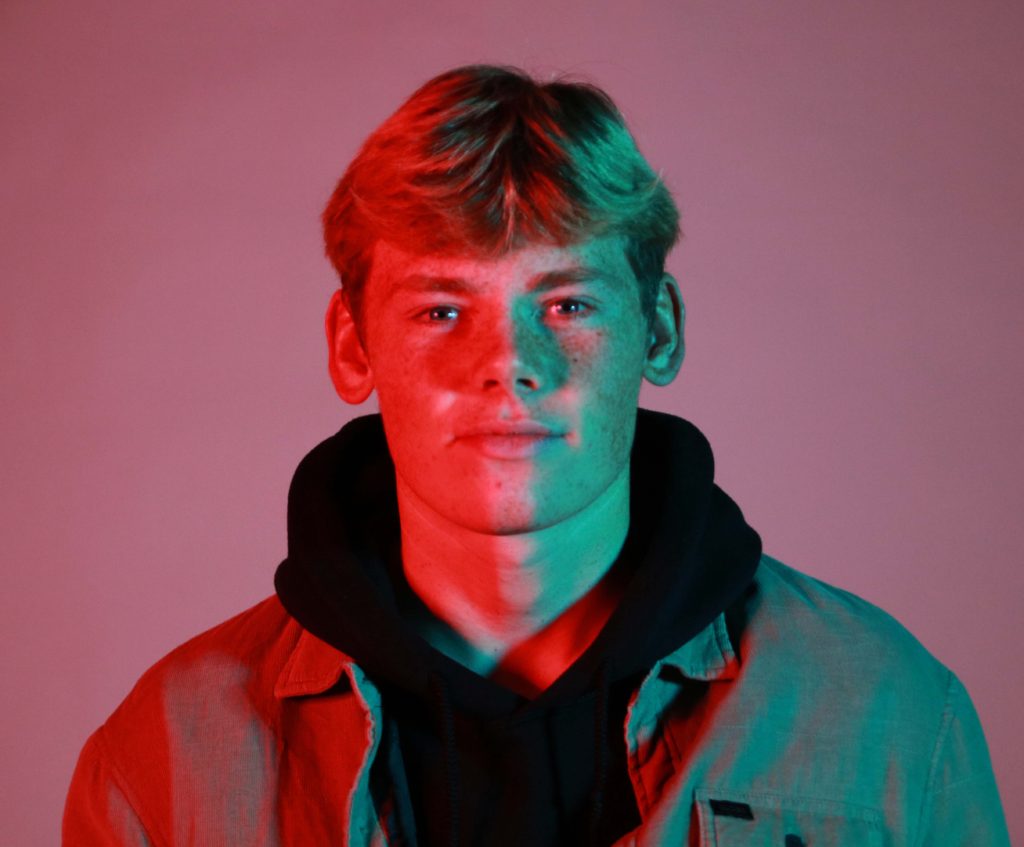
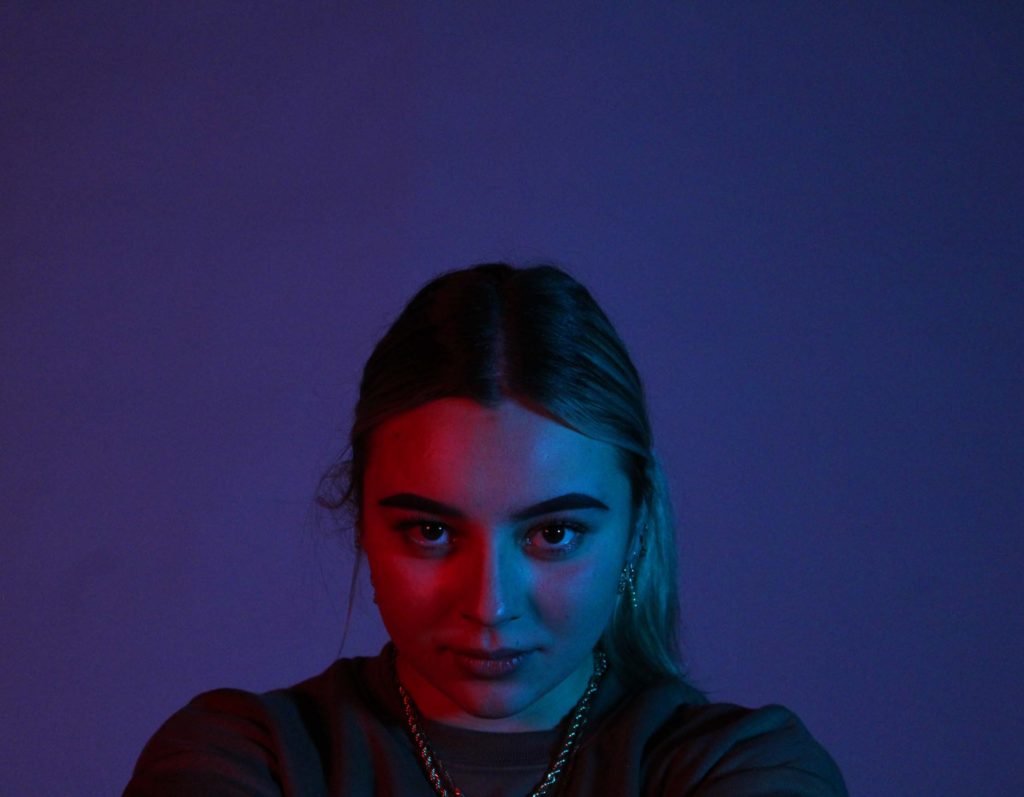
In my final images I used a variety of colored transparent objects in front of the lights on either side of the subject, the colours bounced off of her face and also blended together towards the center of the face. In one of my final images i used red on one side and green on the other, these are complementary colours. The red warm toned colours contrasts against the green cool toned colours, yet they fit well together. Unlike one-point lighting, both sides of the face are illuminated, highlighting all features and highpoints on her face, the use of red and blue mix together to create a dark blue/ purple colour as the background.
Romanticism was an artistic, literary, musical, and intellectual movement that originated in Europe towards the end of the 18th century, and in most areas was at its peak from 1800 to 1850. Romanticism emphasized the individual, the subjective, the irrational, the imaginative, the personal, the spontaneous, the emotional, the visionary, and the transcendental. It was partly a reaction to the Industrial Revolution. The movement focused on intense emotion as an authentic source of aesthetic experience, placing new emphasis on such emotions as apprehension, horror and terror, and awe.
In the visual arts, Romanticism first showed itself in landscape painting, where from as early as the 1760s British artists began to turn to wilder landscapes and storms and Gothic architecture. A number of British artists at home and in Rome, including James Barry, Henry Fuseli and John Flaxman began to paint subjects that were at odds with the strict decorum and classical historical and mythological subject matter of conventional figurative art. These artists favoured themes that were bizarre, pathetic, or extravagantly heroic, and they defined their images with tensely linear drawing and bold contrasts of light and shade. William Blake, the other principal early Romantic painter in England, evolved his own powerful and unique visionary images.
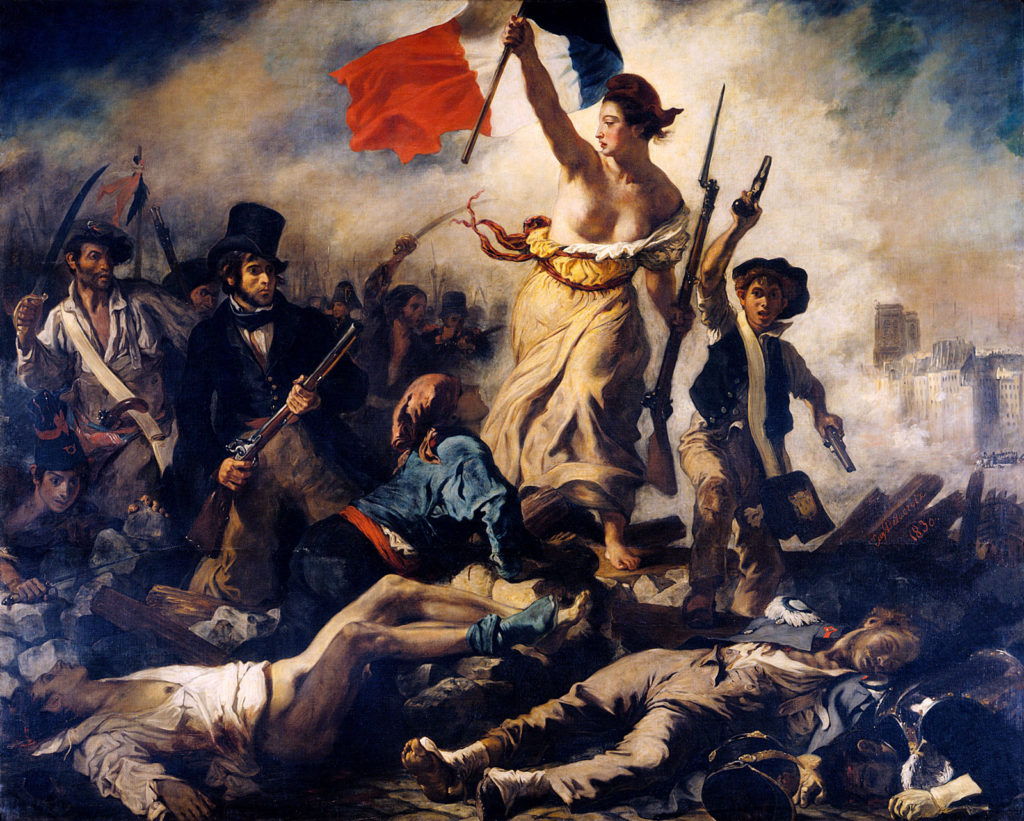
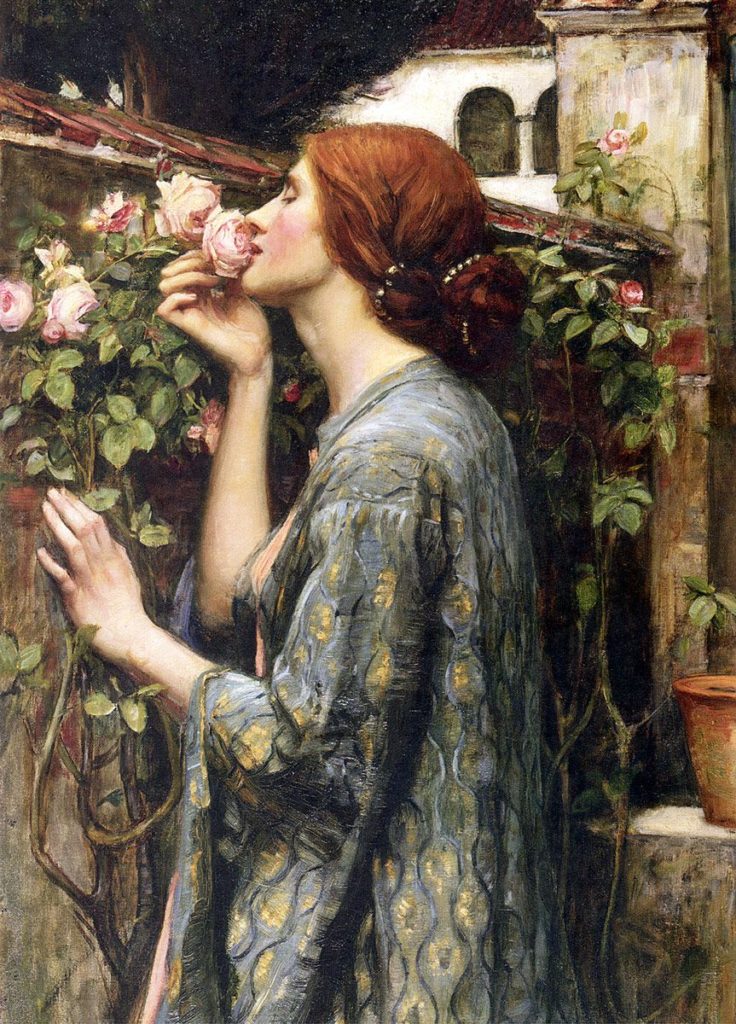

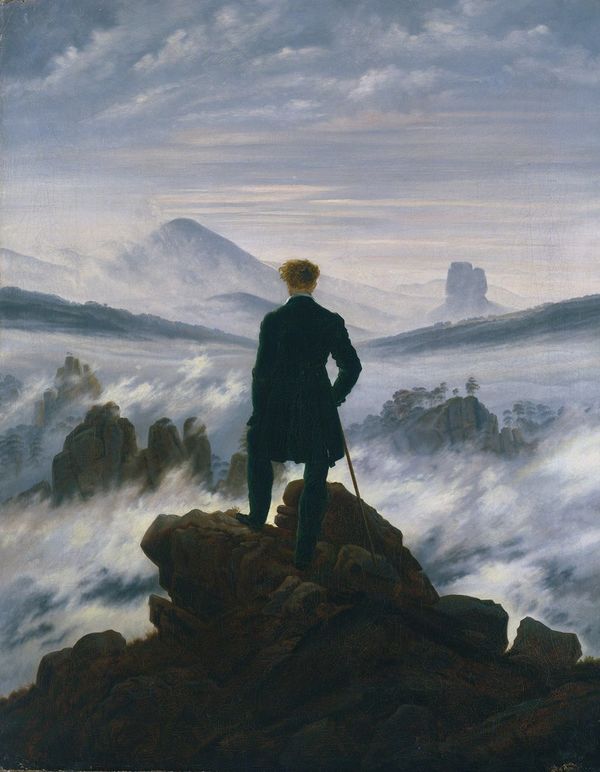
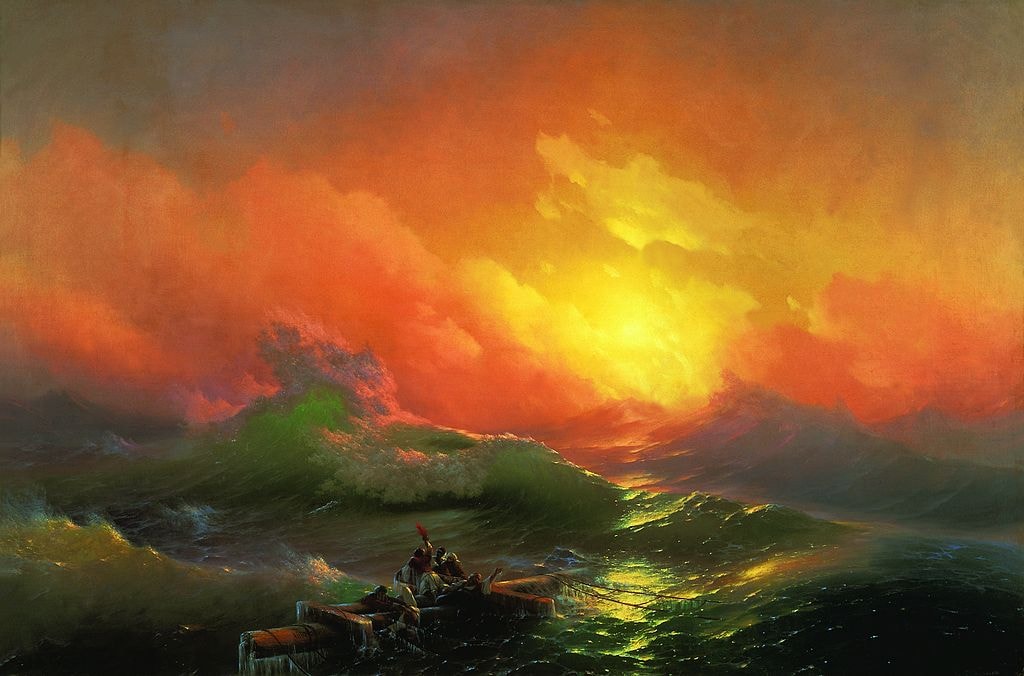


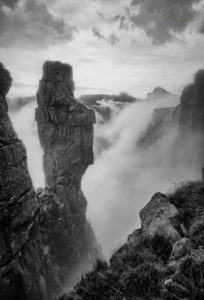
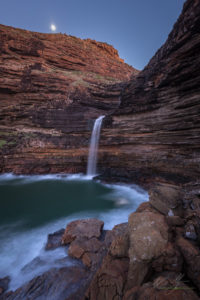
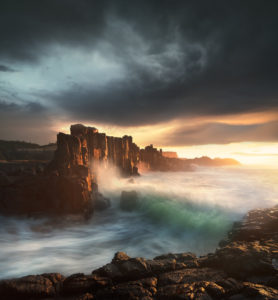
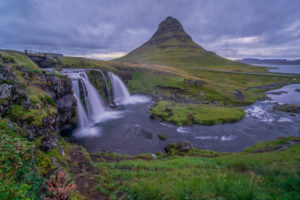

Ansel Easton Adams was an American landscape photographer and environmentalist known for his black-and-white images of the American West. He helped found Group f/64, an association of photographers advocating “pure” photography which favored sharp focus and the use of the full tonal range of a photograph.
He was best known for his ultra-sharp landscapes, which he achieved through the use of a 4×5 view camera. The view camera allowed Adams to adjust the film plane and the lens plane so he could control the depth of field and the size relationships of objects in the frame with tilt and rise and fall movements.
Adams’s professional life was dedicated to capturing through his lens the forgotten and unspoiled wilderness of America’s national parks and other protected conservation areas in the West. He was a committed environmentalist and nothing short of an icon for the 20th century conservation movement.
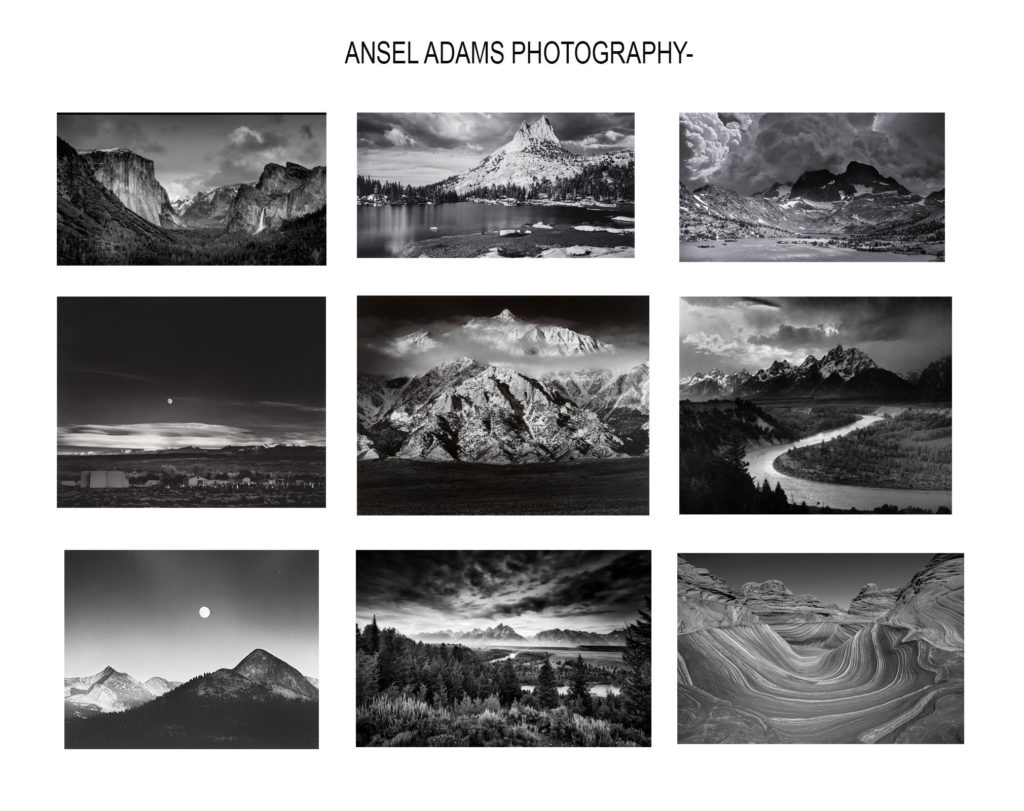
analysing one his photographs;

Technical- the lighting in this image is natural as its been taken of a natural landscape in the open. You can straight away see that Ansels control over how much light he lets in is good as its what makes his images so different from other photographers- due to the range of different tones. His tonal range goes all he way from 0-9 which not many photographers can achieve in every image.
Visual- The photo was taken in black and white ( as well as all his other photographs) this helps in seeing the difference between all the different tones. His tone palette is done very successfully as you can clearly see the white shades along the river and the completely black tones on the trees and the mountains. This makes the contrast significantly sharp across the whole image. The image has been taken from a very far point of view in order to be able to capture the whole view however its taken from a straight on point of view which makes the viewer think they’re looking directly at the river and mountains.
Contextual- In 1941, at the height of World War II but before the bombing on Pearl Harbor, Adams received a commission from the U.S. Department of the Interior to photograph National Parks and other notable landscapes. In exchange for film, paper, and darkroom chemicals, and a day rate of $20, Adams would provide photographic murals for display in the halls of the Department of Interior. Although Adams took some 225 photographs for the project (including this image), the project was later dropped (never to be resumed) due to America’s sudden involvement in the war.
Conceptual- I don’t think there’s a big meaning behind this image other than Ansel wanting people to see this insane view in a more different way , such as over exaggerating and romanticizing all the different tones he captured in his images.